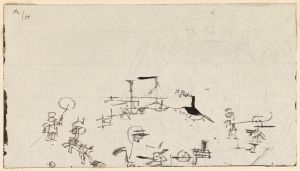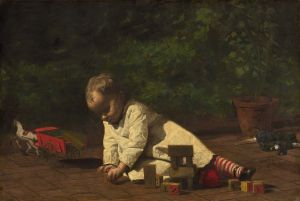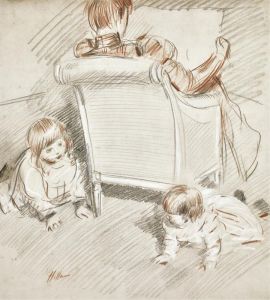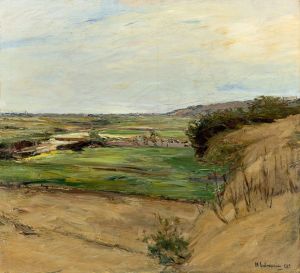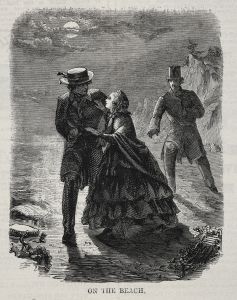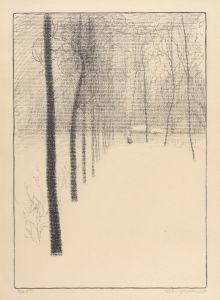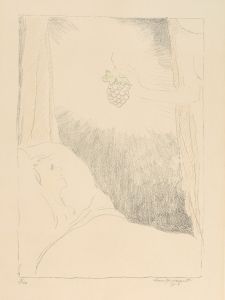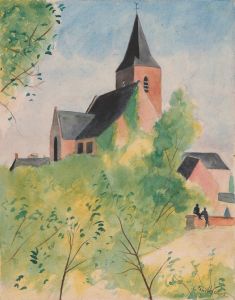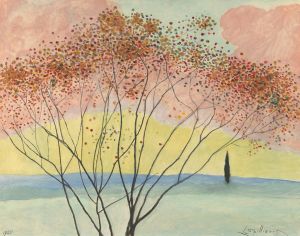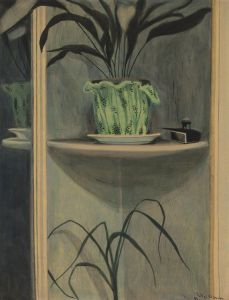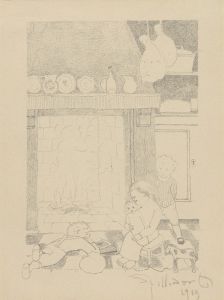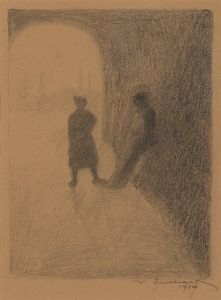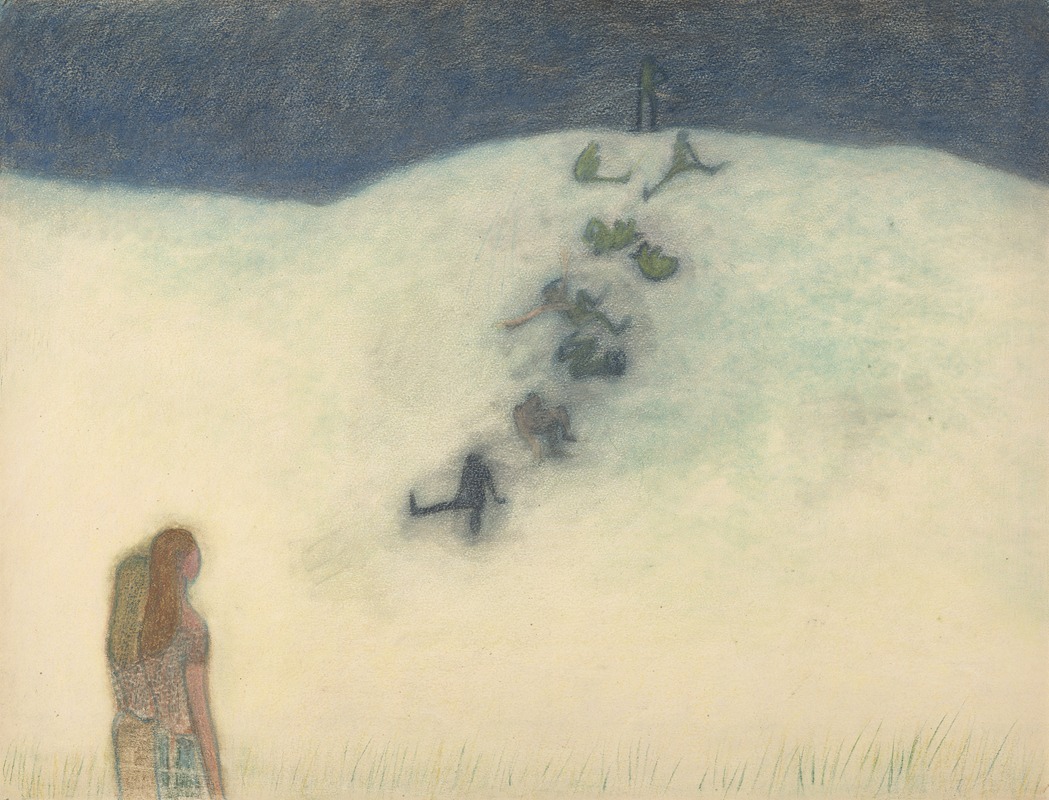
Kinderen op de duin
A hand-painted replica of Léon Spilliaert’s masterpiece Kinderen op de duin, meticulously crafted by professional artists to capture the true essence of the original. Each piece is created with museum-quality canvas and rare mineral pigments, carefully painted by experienced artists with delicate brushstrokes and rich, layered colors to perfectly recreate the texture of the original artwork. Unlike machine-printed reproductions, this hand-painted version brings the painting to life, infused with the artist’s emotions and skill in every stroke. Whether for personal collection or home decoration, it instantly elevates the artistic atmosphere of any space.
Léon Spilliaert, a prominent Belgian artist known for his unique style and contribution to Symbolism and Expressionism, created the artwork "Kinderen op de duin" (translated as "Children on the Dune"). Spilliaert was born in Ostend, Belgium, in 1881, and his works often reflect the haunting and mysterious atmosphere of his coastal hometown. His art is characterized by a profound sense of introspection and a distinctive use of color and form, which often evoke a sense of solitude and contemplation.
"Kinderen op de duin" is a painting that exemplifies Spilliaert's ability to capture the ethereal and enigmatic qualities of his subjects. While specific details about the creation date of this particular painting are not widely documented, it is consistent with Spilliaert's broader body of work from the early 20th century. During this period, Spilliaert was deeply influenced by the Symbolist movement, which sought to express the emotional and spiritual experiences of the artist through symbolic imagery.
The painting depicts children on a dune, a subject that resonates with Spilliaert's frequent exploration of coastal themes. The dunes, a natural feature of the Belgian coastline, serve as a backdrop that enhances the painting's atmospheric quality. Spilliaert's use of muted colors and fluid lines creates a dreamlike scene, inviting viewers to ponder the inner world of the children and the landscape they inhabit.
Spilliaert's technique often involved the use of watercolor, ink, and pastel, which allowed him to achieve a delicate balance between light and shadow. This approach is evident in "Kinderen op de duin," where the interplay of these elements contributes to the painting's overall mood. The children, portrayed with a sense of ambiguity, seem to be both part of the landscape and separate from it, a common theme in Spilliaert's work that reflects his interest in the human condition and its relationship with nature.
Throughout his career, Spilliaert was known for his introspective and often solitary figures, which can be seen as a reflection of his own introspective nature. His works frequently convey a sense of isolation and introspection, themes that are subtly present in "Kinderen op de duin." The painting invites viewers to engage with the emotional depth of the scene, encouraging a personal interpretation of the children's presence on the dune.
Léon Spilliaert's contribution to art extends beyond his paintings, as he is considered a significant figure in the development of modern art in Belgium. His works have been exhibited in numerous galleries and museums, and he continues to be celebrated for his innovative approach and the emotional resonance of his art. "Kinderen op de duin" is a testament to Spilliaert's ability to capture the ephemeral and introspective qualities of his subjects, making it a noteworthy example of his artistic legacy.
In summary, "Kinderen op de duin" by Léon Spilliaert is a painting that encapsulates the artist's unique style and thematic interests. Through his use of color, form, and symbolism, Spilliaert invites viewers to explore the emotional and spiritual dimensions of his work, leaving a lasting impression that continues to inspire and intrigue audiences today.






